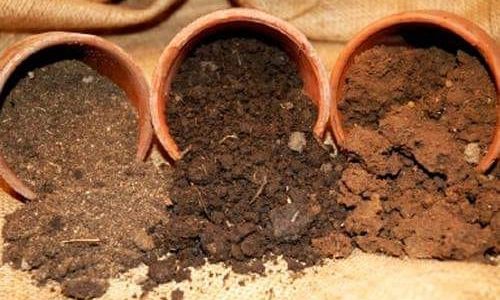A Basic Understanding of Soil
Soil is composed of three main ingredients: Sand, Silt, and Clay. This is called the composition of soil. All three components have their origin in rock.
I will not go into detail of organic matter, microbiology, minerals, or nutrients within soil, but rather give the attributes to the three major composites.
Sand – is the biggest and heaviest particle of the three soil components which means it drains water well since it leaves rather large open spaces between the granules of sand. Most vegetation, and especially the vegetation we eat, prefers fast draining soil where it can get a quick drink and keep only it’s toes wet.
Silt – is smaller than sand but larger than clay and is usually created in an abrasive process dealing with water or ice. It has has a plastic non sticky feel when touched in water. Most often we will see silts in the bottoms of water systems or from places on the earth where lakes or oceans dried up or moved.
Clay – because it was created when ancient rain hit bare rocks over many years which chipped off tiny pieces that turned into clay, clay is the oldest of all soil particles. It is also the finest which means it is the poorest at draining water. Nutrient is locked up in clays and since it is the smallest of the three particles it can have a tendency to bog or water log an area (this can be rectified with proper design). Clays can be used to seal up ponds and can be great for mixing with sandy soil in garden beds to distribute long term mineral usage.
Loams – are a mixture of the three soil types. A clayey loam would have more clay. A sandy loam will have more sand
